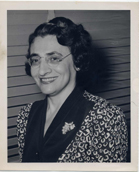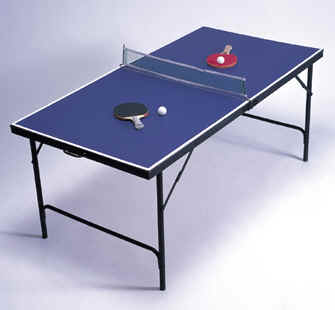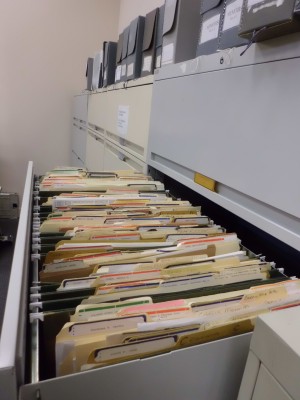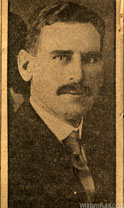Who Was Sam Eig?
A blog post by Research Historian Deb Weiner.
 If you do much traveling in and around Montgomery County, you may have driven on Sam Eig Highway. I found myself on this road recently when I went to visit a friend in Potomac. The odd name stuck with me and I wondered to myself, who the heck was Sam Eig?
If you do much traveling in and around Montgomery County, you may have driven on Sam Eig Highway. I found myself on this road recently when I went to visit a friend in Potomac. The odd name stuck with me and I wondered to myself, who the heck was Sam Eig?
I found the answer the other day, when rifling through the JMM vertical files, looking for information on the Etting family (more on them another day, perhaps). Turns out that Sam Eig was a Jewish real estate developer and philanthropist. There was no picture so I don’t know if his head looked egg-like, which was the image I had formed in my mind. Anyway, this is just one example of the useful, fascinating, entertaining, and enlightening bits of information to be found in the wall of library cabinets that make up the JMM research files, known in library-speak as “vertical files.”
The vertical files contain clippings, pamphlets, reprints, and other miscellaneous materials on people, places, organizations, and subjects related to Jews in Maryland. These are “non-accessioned” items, so you won’t find them in our collections database. Recently, in order to have a way to search these files remotely, we started a spreadsheet with brief summaries of the contents of each file. So far, we’re working on the biographical files, and have got through the letter P. Our two ace volunteers working on this project, Vera Kestenberg and Harvey Karch, are having fun reading about all these people. At least, they haven’t complained or asked to be put on a different project.
With my new remote search capabilities, I can sit here at my desk (instead of standing up and walking the twelve paces over to the filing cabinets, which I can see from my office) and find info about some of the more appealing characters about whom we’ve collected information.

Kate Coplan: JMM 1987.51.54
In the Cs, there’s Kate Coplan, a well-known city librarian who was in charge of the window displays at the Pratt Library for decades. She maintained a close friendship with H.L. Mencken, and the vertical files include a thick folder of photocopies of their correspondence. I had to get up out of my chair to take a quick look. On September 14, 1942, Mencken informed Coplan that “I spent the day as usual—in pious meditation, and emerged from it convinced that the end of the world may be at hand.” A bit further up on the spreadsheet is Izzy Caplan, a professional boxer and boxing promoter in Baltimore in the1920s and 1930s. He changed his name from Leon Luckman, so his parents wouldn’t find out that he was boxing at age 14.
 In the Ms, there’s Ken Mehlman, a Pikesville native who became head of the national Republican Party in 2004. He made headlines in 2010, when he publicly came out as a gay man. Several records down from him, there’s Reba Kirson Monness, a Baltimorean who was U.S. Table Tennis Champion and also a regional tennis champ in the mid 20th century. Funds from her estate established a tennis scholarship in Bar-Ilan University in Ramat Gan, Israel.
In the Ms, there’s Ken Mehlman, a Pikesville native who became head of the national Republican Party in 2004. He made headlines in 2010, when he publicly came out as a gay man. Several records down from him, there’s Reba Kirson Monness, a Baltimorean who was U.S. Table Tennis Champion and also a regional tennis champ in the mid 20th century. Funds from her estate established a tennis scholarship in Bar-Ilan University in Ramat Gan, Israel.
Perusing the Fs, I found out that the Ouija Board was invented by a Baltimore Jew. Well, not exactly. William Fuld took out his first patent on a “talking board” in 1892, while working for a company which soon became the Ouija Novelty Company. He became known as the “Father of the Ouija Board.” Everything about the story is a bit complicated, though, including the fact that William was not really Jewish. His father Jacob was a Jewish immigrant, but he raised his children as Christians. William is buried in Greenmount Cemetery, according to an article in the file. Though William would not today qualify as a citizen of Israel under the Law of Return, he qualifies as a Jew for the purposes of the JMM vertical files.



